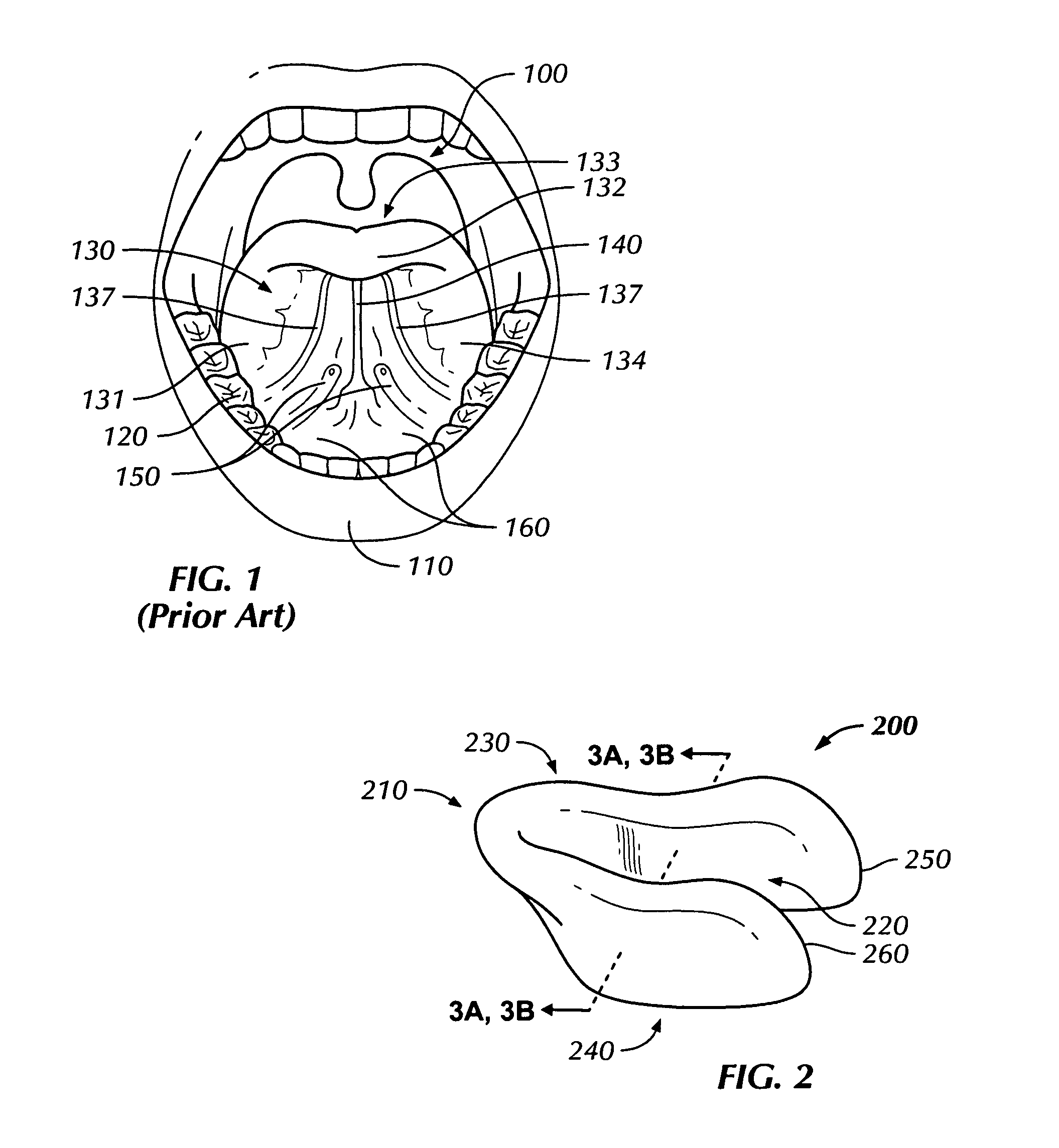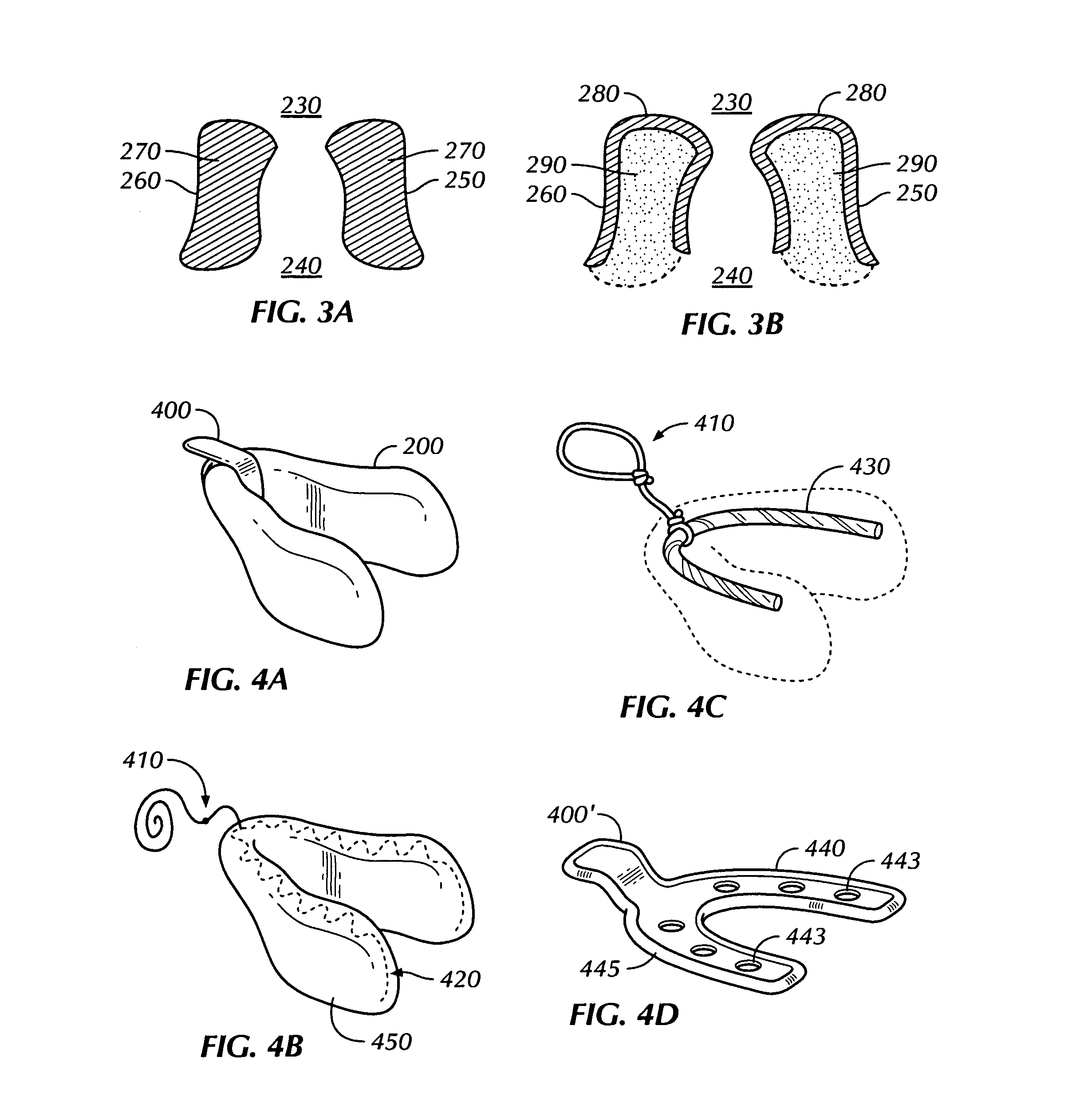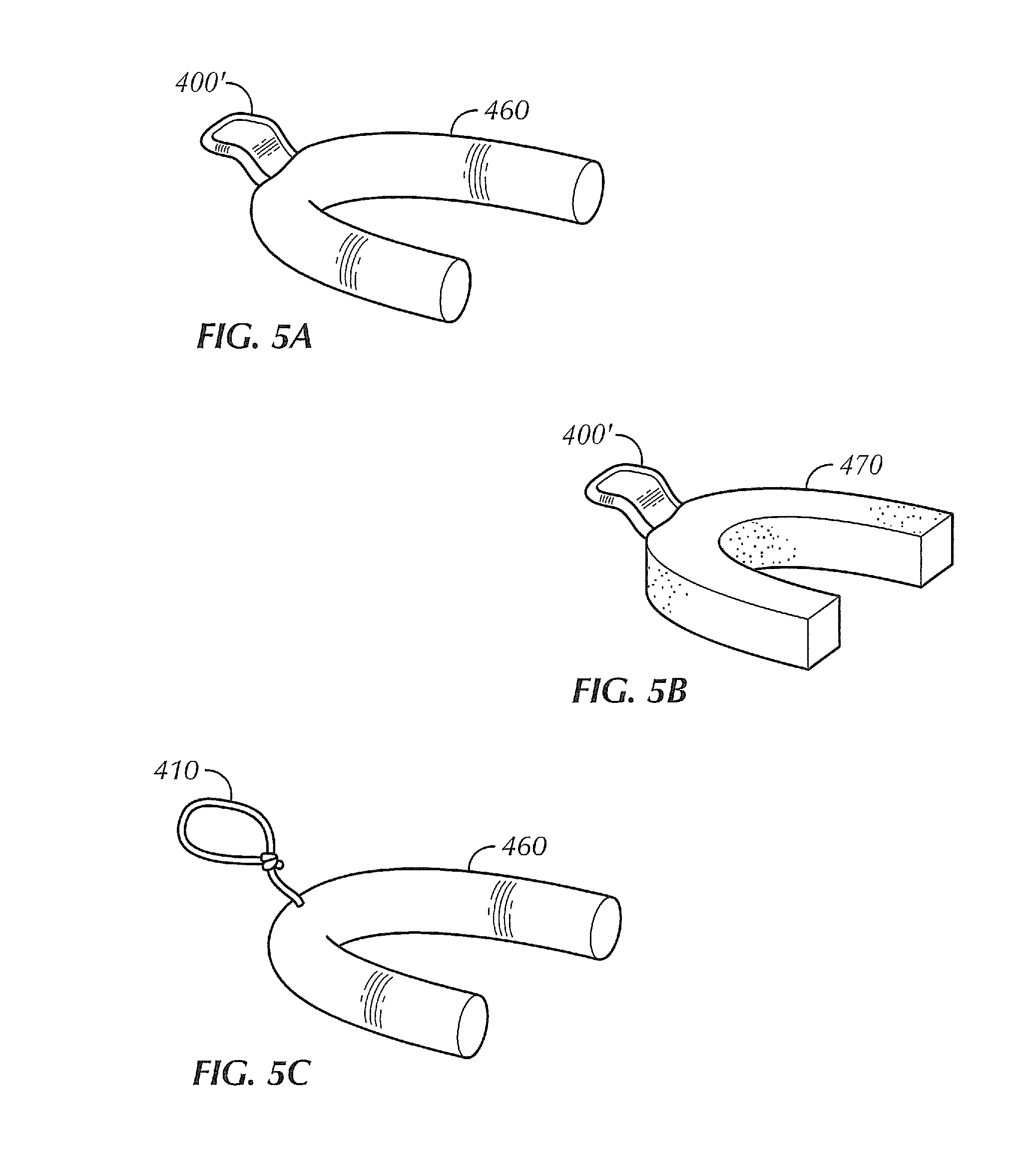Lingual vestibular dosage-form and delivery system for transmucosal administration of pharmaceutical agents
a transmucosal and lingual technology, applied in the direction of drug compositions, metabolism disorders, therapy, etc., can solve the problems of significant and symptomatic hypoglycemic episodes, difficult medical emergencies in non-hospital settings, and patients' ability to follow pre-op instructions
- Summary
- Abstract
- Description
- Claims
- Application Information
AI Technical Summary
Benefits of technology
Problems solved by technology
Method used
Image
Examples
Embodiment Construction
[0019]Described herein is a transmucosal dosage-form for delivery to the oral cavity substances in a large payload, on the order of 5+ grams, in order to deliver therapeutic amounts of substances systemically. Substances may be, but are not limited to pharmaceuticals and other active agents. A transmucosal dosage-form for delivery of dextrose, thiamine, and naloxone (i.e. the “coma cocktail”), would allow for immediate administration by a health care worker upon encountering an unconscious patient without the delay of starting an IV. The problem is that there was previously no method of such a transmucosal dosage-form of any one of these drugs, much less all three in a dosage adequate to accommodate the amount of pharmaceutical payload necessary to deliver therapeutic amounts of these drugs systemically. Further, by the description herein, we describe a transmucosal dosage-form for delivery to the oral cavity of agents which may be used for delivery of dextrose for treatment of hypo...
PUM
| Property | Measurement | Unit |
|---|---|---|
| shape | aaaaa | aaaaa |
| semi-permeable | aaaaa | aaaaa |
| permeable | aaaaa | aaaaa |
Abstract
Description
Claims
Application Information
 Login to View More
Login to View More - R&D
- Intellectual Property
- Life Sciences
- Materials
- Tech Scout
- Unparalleled Data Quality
- Higher Quality Content
- 60% Fewer Hallucinations
Browse by: Latest US Patents, China's latest patents, Technical Efficacy Thesaurus, Application Domain, Technology Topic, Popular Technical Reports.
© 2025 PatSnap. All rights reserved.Legal|Privacy policy|Modern Slavery Act Transparency Statement|Sitemap|About US| Contact US: help@patsnap.com



